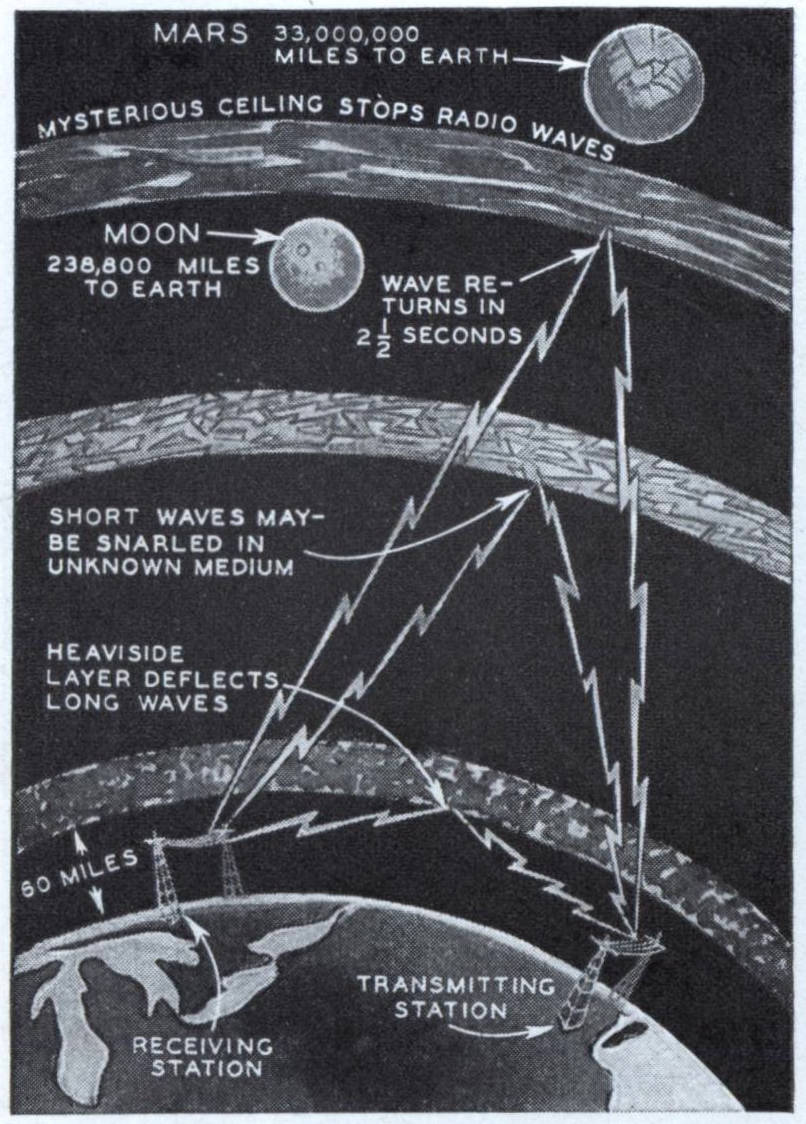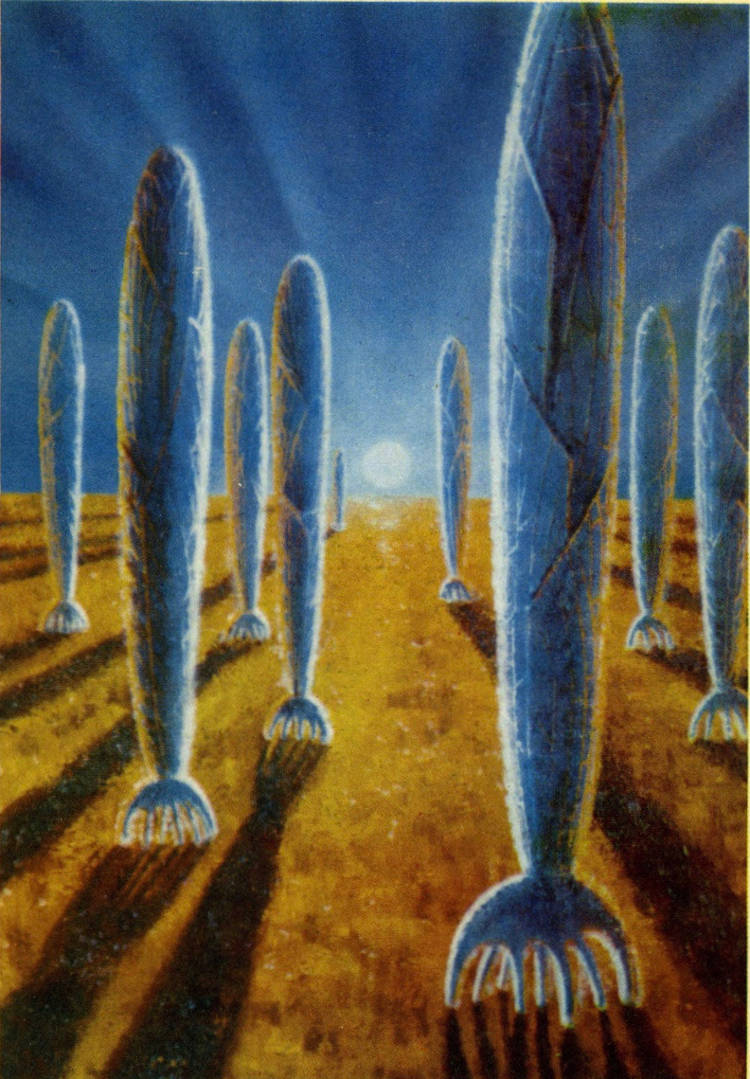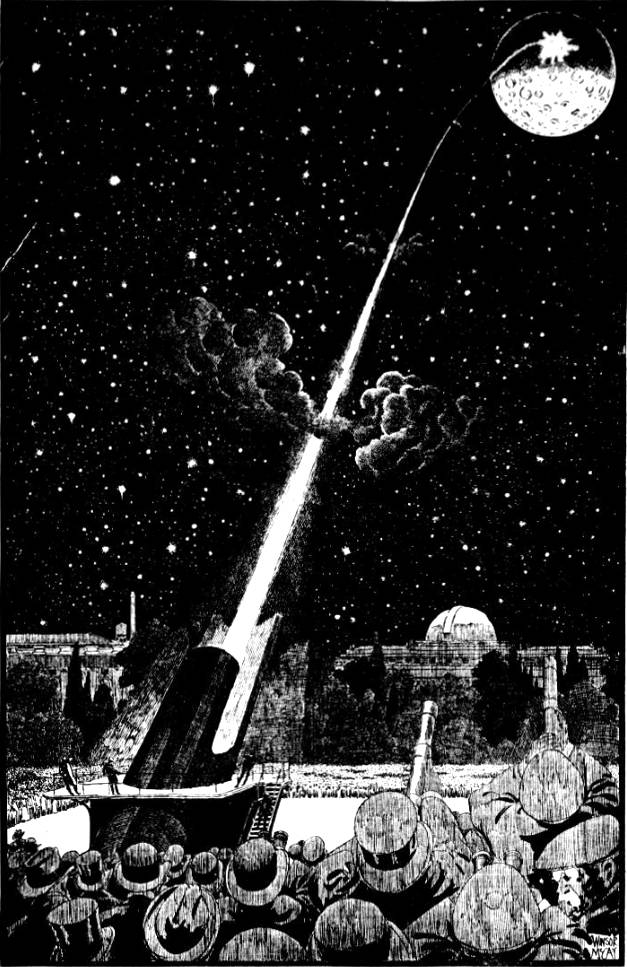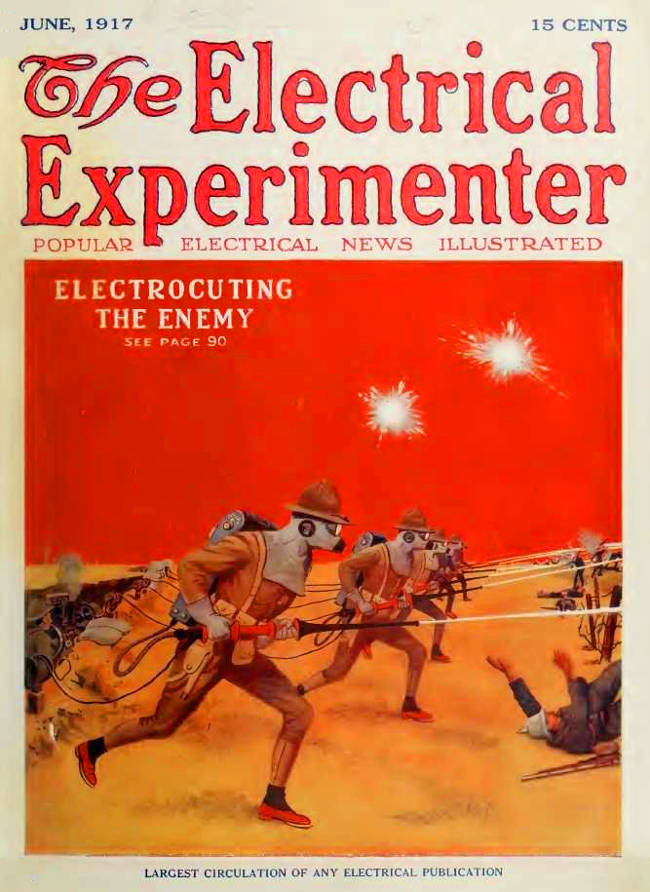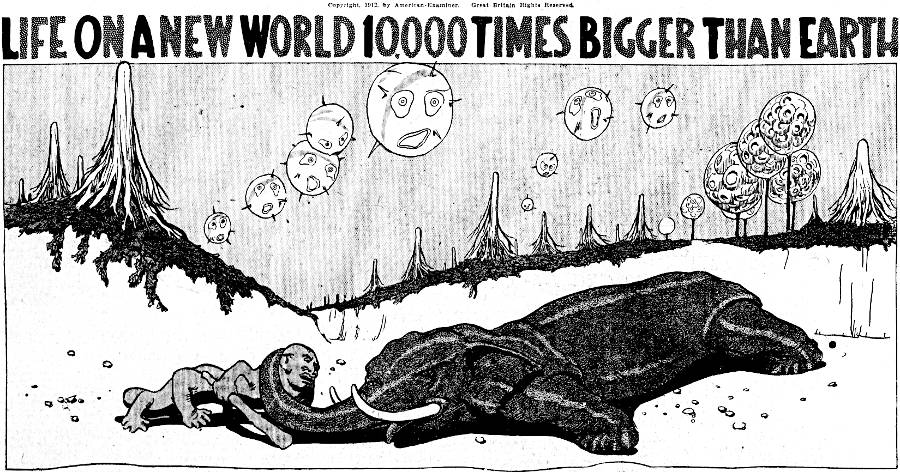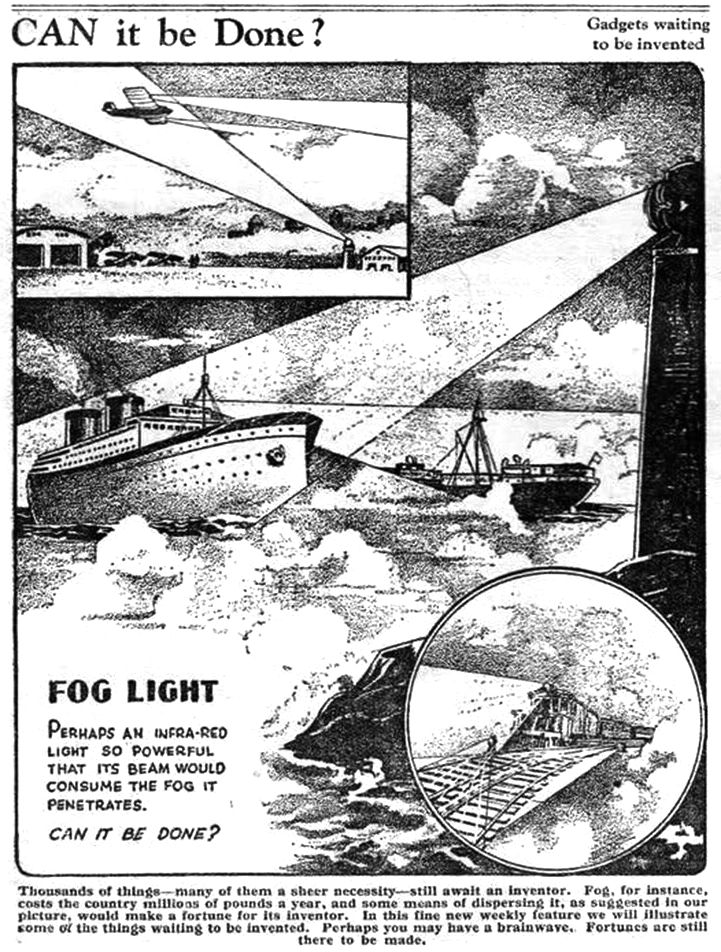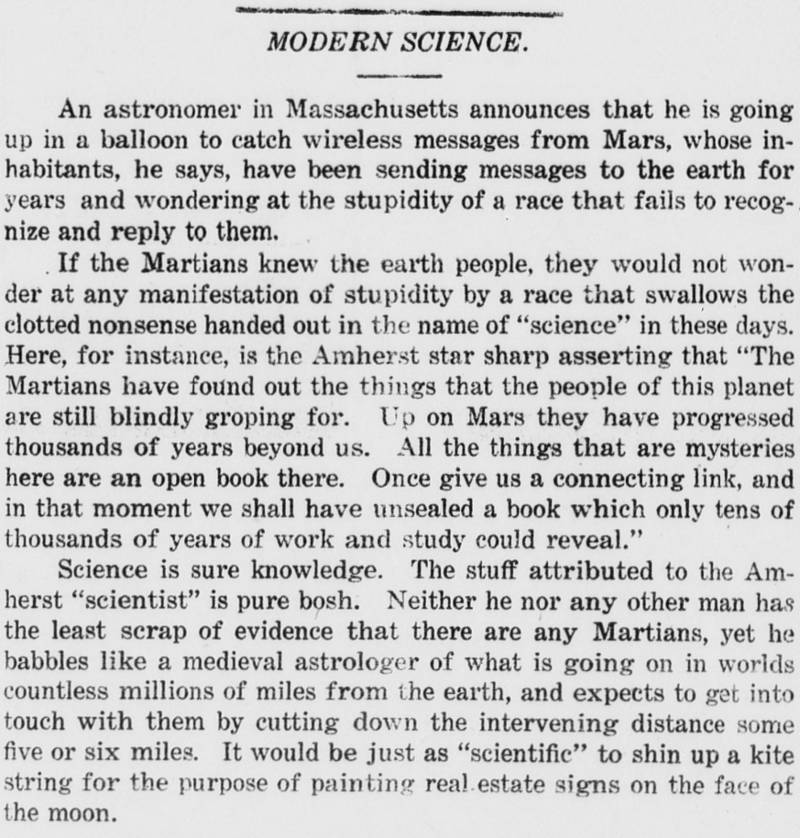 SCIENTIST SAYS UNIVERSE FAKE
SCIENTIST SAYS UNIVERSE FAKE
Dr. L. B. Tuckerman Makes Attempt to “Debunk” Savants’ Theory
By F. B. COLTON
(Associated Press Leased Wire)
WASHINGTON, Feb. 18.–The universe was shown up as a fake by a scientist who “debunked” it. and revealed it as a fool’s’ paradise for people – including some scientists – who really thought they knew what it was like.
The fake universe is the universe we know, and probably we’ll always have to get along the best we can with it, because the real one is likely to be a will o‘ the wisp just beyond our reach. We can’t measure the real world, time it, or take its temperature with anything like real accuracy, Dr. L. B. Tuckerman told the Washington Academy of Sciences recently.
Paradox
Paradoxically he is an expert measurer himself. He’s on the seat of the national bureau of standards. where the nation’s most accurate measuring is done.
There’s no cause to worry, for our “fake universe” isn’t different enough from the real one to cause inconvenience. We can get along with our foot rules that don’t really measure a foot, clocks that don’t measure an hour and thermometers that don’t actually tell how cold it is.
“Facts Fictions”
Many of our facts are fictions. Doctor Tuckerman said. For example under certain conditions there are right different ways of defining a straight line. It isn’t always just the shortest distance between two points. Nobody really knows the height of any mountain because heights are measured from sea level, and sea level at different points on earth is not the same.
There isn’t any such things as “absolutely zero,” the coldest possible cold, though recently some scientists succeeded in producing a temperature only 18 one-hundredths of a degree above this fictional point.
Time doesn’t actually flow on at an even, unchanging pace. There’s only a convenient fiction too.
